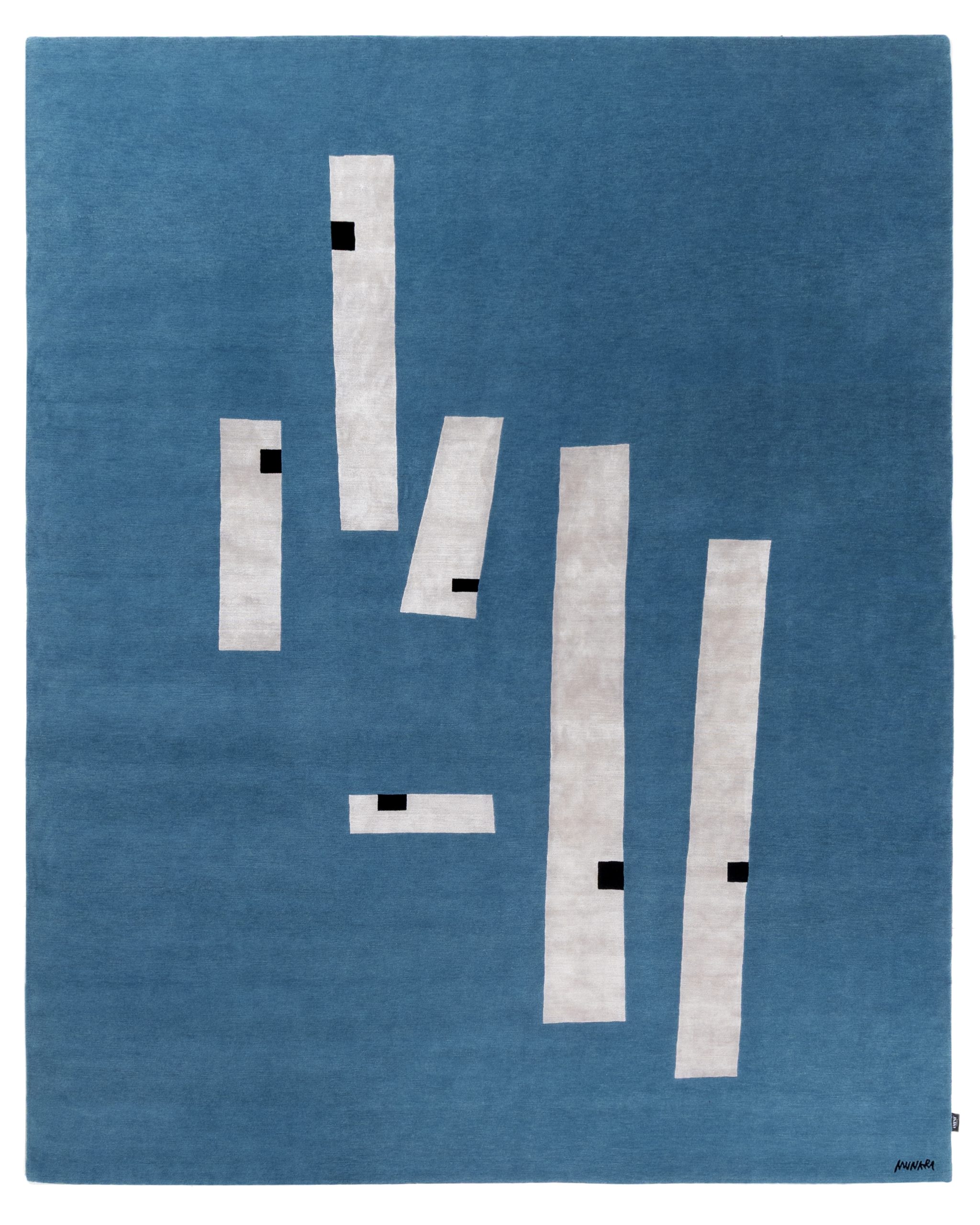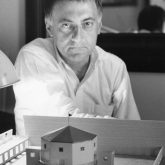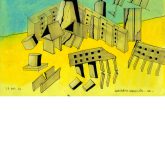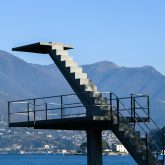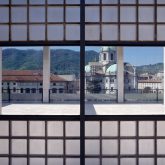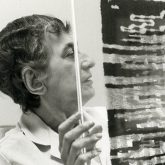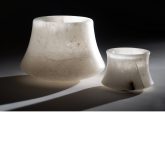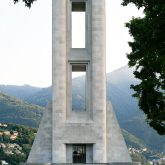Where design becomes a story of what remains
There is an image running through the seventh edition of the Lake Como Design Festival (14–21 September 2025): that of the fragment. A word that seems to belong as much to archaeology as to contemporaneity, and which the festival chooses as the key to interpreting the present. Fragments becomes the guiding thread of a program that weaves together monographic and collective exhibitions, urban itineraries and archival openings, with Como and its lake as both stage and living matter.
We live in a time marked by ruptures: conflicts, environmental crises, social catastrophes. Fragmentation may seem an inevitable destiny. Instead, the festival chooses to overturn its meaning, reading it as an act of resistance and an opportunity for rebirth. Not nostalgia for a lost unity, but a search for new connections—between past and present, between architecture and nature, between personal and collective stories.
The deconsecrated church of San Pietro in Atrio hosts the exhibition curated by Chiara Spangaro with the Fondazione Aldo Rossi. It is a journey through drawings, texts, photographs and projects that reveal how Rossi (1931–1997) used the fragment as a poetic grammar. From the Monument to the Partisans in Segrate to the Berlin reconstruction of Schützenstrasse, and the conceptual film Ornament and Crime, each work testifies to the value of discontinuity. Not as failure, but as a way of inhabiting time and memory.
In the new headquarters of the Archivio Design Ico Parisi, the public encounters for the first time the pictorial series Crolli edificanti – Tavole di provocazione (1970s–80s). Large canvases narrating the collapse of the everyday: broken appliances, televisions, automobiles, reassembled in provocative compositions. For Parisi, the fragment is a form of critique—the end of a reassuring idea of domesticity, the beginning of a new language.
Curated by Giovanna Massoni, the Contemporary Design Selection occupies the Chilometro della Conoscenza, a path connecting historic villas and lakeside parks. Here, the fragment becomes a plural narrative. Each work reflects on fragility, regeneration and memory: autobiographical carpets by the Indian weavers of Jaipur Rugs; rubble transformed into archives by Lucie Gholam; scarification and embodied memory explored by Abreham; luminous ceramic assemblages by Adélie Ducasse. It is an international chorus of voices that turns design into both political and poetic act.
What makes the Lake Como Design Festival unique is its diffused form: not only exhibitions, but studio visits, archival openings, and itineraries through Como’s Rationalist architecture. Not a fair, but a cultural ecosystem restoring to design its social and critical function.
The Lake Como Design Festival 2025 does not offer solutions or proclamations, but rather a landscape of questions. The fragment here is both what remains and what begins again: ruin and seed, scar and promise. It is the form that tells the story of our present—fragile, unfinished, yet still capable of generating beauty.
